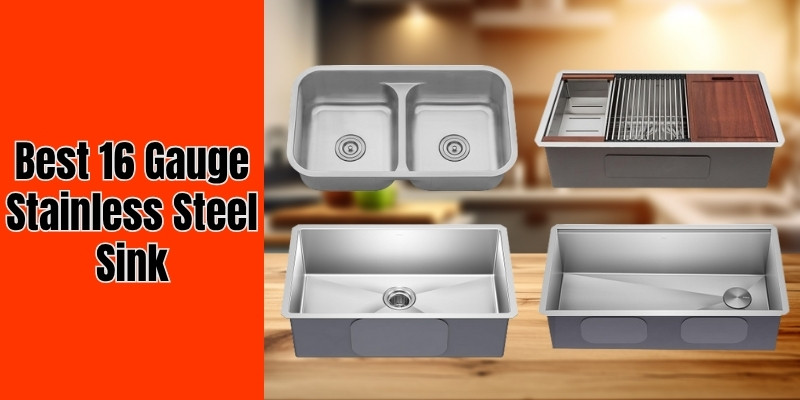Disclosure: This post contains affiliate links and I will be compensated if you make a purchase after clicking through my links. Learn More
Teflon tape, also known as plumber’s tape or thread seal tape, is a common tool used in plumbing to help seal threaded connections and prevent leaks. While it’s widely used and often effective, there are certain situations where using Teflon tape can actually cause more harm than good. In this article, we’ll explore when not to use Teflon tape and discuss the importance of knowing when to avoid it in your plumbing projects.
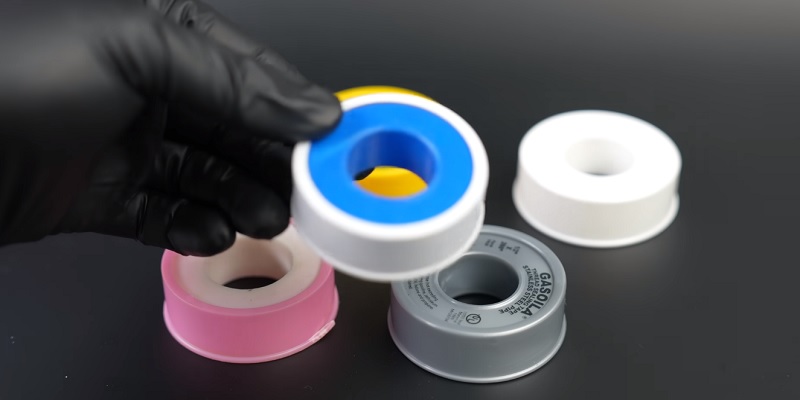
Types of Teflon Tape and Their Uses
There are several types of Teflon tape available for different applications:
- White: This is the most common type, used for general purposes in water lines and most other plumbing applications.
- Yellow: Typically used for gas lines. It’s thicker and denser than white tape, designed to create a tighter seal. Always check local codes and manufacturer recommendations before use.
- Pink: Often used for water lines, particularly in situations requiring a slightly thicker tape than standard white.
- Green: Usually reserved for oxygen systems and medical gas lines. It’s oil-free to prevent contamination in these sensitive systems.
- Gray: Contains nickel, suitable for stainless steel connections to prevent galling and ensure a durable, reliable seal.
Situations Where Teflon Tape Should Not Be Used
Using Teflon tape is not recommended for PVC, copper, or PEX pipe threading, as these fittings typically have gaskets or O-rings for sealing. It’s also unsuitable for hydraulic systems, brass fittings with rubber gaskets, or under the compression nut flare threads of brass fittings.
Here are detailed guidelines where Teflon tape should be avoided:
On compression fittings
Compression fittings are a type of plumbing connection that relies on pressure to create a seal. These fittings consist of a sleeve, a nut, and a ferrule that compresses around the pipe when the nut is tightened. The design of compression fittings eliminates the need for any additional sealant, including Teflon tape.
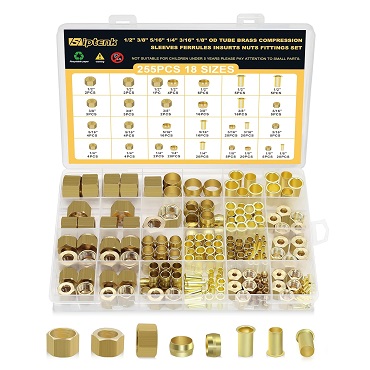
Applying Teflon tape to the threads of a compression fitting can actually interfere with the proper sealing mechanism. The tape can cause the nut to be tightened unevenly, leading to an improper seal and potential leaks. Moreover, pieces of the tape can break off and contaminate the system, causing blockages or damage to the components.
When working with compression fittings, it’s essential to ensure that the surfaces are clean and free of debris. Properly aligning the components and tightening the nut to the manufacturer’s recommended torque will create a reliable, leak-free seal without the need for Teflon tape.
On flare fittings
Flare fittings are another type of plumbing connection commonly used in water supply lines, gas lines, and air conditioning systems. These fittings feature a tapered end that is flared outward to create a seal when compressed against a matching surface. Like compression fittings, flare fittings are designed to be self-sealing and do not require the use of Teflon tape.
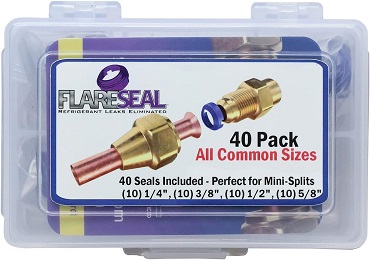
Applying Teflon tape to the threads of a flare fitting can cause several issues. First, the tape can interfere with the proper seating of the flared end against the matching surface, preventing a complete seal. Second, the tape can cause over-tightening of the fitting, leading to damage or deformation of the flared end. Finally, loose pieces of tape can break off and contaminate the system, potentially causing blockages or damage to sensitive components.
To ensure a proper seal on a flare fitting, it’s crucial to create a clean, smooth flare on the pipe end using a flaring tool. The fitting should be tightened to the manufacturer’s recommended torque, which will compress the flared end against the matching surface, creating a leak-free connection without the need for Teflon tape.
On plastic threaded connections
Plastic threaded connections, such as those found on PVC or CPVC pipes, are common in modern plumbing systems. While Teflon tape is often used on metal threaded connections, it should be avoided on plastic threads for several reasons.
First, plastic threads are more fragile than metal threads and can be easily damaged by over-tightening. The use of Teflon tape can make it difficult to feel the proper amount of resistance when tightening the connection, leading to excessive stress on the plastic threads and potential cracking or failure of the fitting.
Second, the chemical composition of Teflon tape can be incompatible with certain plastics, causing the material to degrade over time. This degradation can lead to leaks and failure of the connection.
When working with plastic threaded connections, it’s best to use a suitable thread sealant specifically designed for use with plastics. These sealants, often in the form of a paste or liquid, provide lubrication and sealing properties without the risk of damaging the plastic threads or causing chemical incompatibility.
Read More: Should I Use Teflon Tape on Plastic Fittings?
On PEX Crimp Fittings
PEX crimp fittings are a type of connection used with PEX piping systems. These fittings involve a crimp ring and a PEX fitting. The crimp ring is placed over the PEX pipe, and then a fitting is inserted into the pipe. A crimping tool is used to compress the ring, creating a secure seal.
Using Teflon tape with PEX crimp fittings is unnecessary and can interfere with the proper sealing of the connection. The crimping process itself ensures a tight and reliable seal, eliminating the need for any additional sealant. Ensure that the crimping tool and ring are properly sized for the PEX pipe and fitting to achieve a leak-free connection without Teflon tape.
On Brass Fittings with Rubber Gaskets
Teflon tape is recommended for most brass fittings except when the fitting comes with a rubber gasket. The rubber gasket is designed to create the seal, and adding Teflon tape can interfere with this mechanism. Applying Teflon tape in such cases can cause the rubber gasket to deform or not seat properly, leading to leaks. Therefore, when working with brass fittings that include a rubber gasket, it is best to rely on the gasket alone for sealing.
On gas line connections
While standard white Teflon tape should not be used on gas lines, specialized yellow gas-rated Teflon tape is available for this purpose. Always follow local codes and manufacturer recommendations for gas line connections, as requirements may vary.
Gas line connections are critical components in any gas plumbing system, and proper sealing is essential to ensure safety and prevent leaks. While Teflon tape is commonly used on threaded connections in water plumbing, it should never be used on gas line connections.
The main reason for avoiding Teflon tape on gas lines is that it can cause an improper seal, allowing gas to leak through the connection. Gas leaks pose a serious safety hazard, as they can lead to fires, explosions, or carbon monoxide poisoning if left undetected.
Additionally, Teflon tape is not rated for use with gases and can deteriorate over time when exposed to certain types of gas, such as propane or natural gas. This deterioration can cause the tape to break down and contaminate the gas supply, potentially damaging appliances or causing other issues.
When working with gas line connections, it’s crucial to use a thread sealant specifically designed for use with gas. These sealants, often referred to as gas-rated pipe dope or thread compound, are formulated to provide a reliable seal and withstand the unique challenges of gas plumbing. They are also compatible with the various types of gases commonly used in residential and commercial applications.
Risks of Using Teflon Tape Incorrectly
Over-tightening and leaks
One of the most common risks associated with using Teflon tape incorrectly is over-tightening of the fittings. When Teflon tape is applied too thickly or wrapped too many times around the threads, it can cause excessive resistance when tightening the connection. This extra resistance can lead to the fitting being tightened beyond its recommended torque, potentially causing damage to the threads or the fitting itself.
Over-tightening can result in several problems, including:
- Cracked or damaged fittings: Excessive stress on the fitting can cause it to crack or break, leading to leaks and potential water damage.
- Stripped threads: Over-tightening can strip the threads on the fitting or the pipe, making it difficult or impossible to create a proper seal.
- Warped sealing surfaces: On fittings with sealing surfaces, such as compression or flare fittings, over-tightening can warp or deform the surfaces, preventing a complete seal and causing leaks.
To avoid these issues, it’s essential to use Teflon tape sparingly and follow the manufacturer’s instructions for application. Generally, a thin layer of tape, wrapped 2-3 times around the threads in the direction of the threads, is sufficient. When tightening the connection, use a wrench and stop when you feel a firm resistance. Avoid using excessive force, as this can lead to over-tightening and potential leaks.
Contamination and blockages
Another risk of using Teflon tape incorrectly is the potential for contamination and blockages in the plumbing system. When Teflon tape is applied improperly or excessively, small pieces of the tape can break off and enter the water supply or gas line. These loose pieces can then travel through the system, causing various issues.
In water plumbing, Teflon tape particles can:
- Clog aerators and filters: Small pieces of tape can accumulate in faucet aerators, showerheads, and water filters, reducing water flow and causing clogs.
- Damage appliances: Loose tape particles can enter appliances such as washing machines, dishwashers, or water heaters, potentially causing damage to valves, seals, or other components.
- Contaminate the water supply: In extreme cases, excessive amounts of Teflon tape particles can contaminate the water supply, affecting water quality and potentially causing health concerns.
In gas plumbing, Teflon tape particles can:
- Clog gas orifices: Small pieces of tape can block gas orifices in appliances such as stoves, furnaces, or water heaters, affecting their performance and potentially causing safety hazards.
- Damage gas valves: Loose tape particles can interfere with the proper operation of gas valves, leading to leaks or improper gas flow.
To minimize the risk of contamination and blockages, it’s crucial to use Teflon tape only when necessary and to apply it correctly. When cutting the tape, use a sharp blade and ensure that the edges are clean and free of frays. Apply the tape smoothly and evenly, avoiding bunching or excessive overlapping. If you notice any loose pieces of tape during application, remove them immediately to prevent them from entering the system.
Alternatives to Teflon Tape in Specific Situations
Pipe dope or thread sealant
In situations where Teflon tape is not recommended, such as on gas lines or certain plastic threaded connections, pipe dope or thread sealant can be an effective alternative. Pipe dope is a paste-like compound that is applied directly to the threads of a fitting to create a seal and prevent leaks.
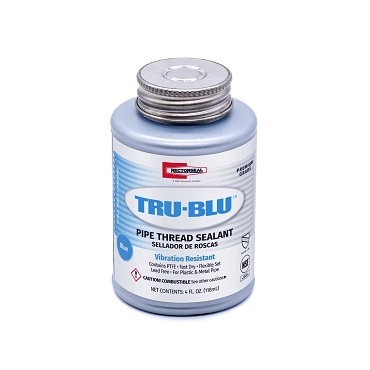
Pipe dope offers several advantages over Teflon tape:
- Better sealing properties: Pipe dope fills the gaps between the threads more effectively than Teflon tape, creating a more reliable seal.
- Easier to apply: Unlike Teflon tape, which needs to be wrapped around the threads, pipe dope can be easily brushed or smeared onto the threads, ensuring even coverage.
- Suitable for various materials: Pipe dope is available in formulations compatible with different materials, such as metal, plastic, or gas lines, making it a versatile choice for various plumbing applications.
- Less risk of over-tightening: Because pipe dope lubricates the threads, it reduces the risk of over-tightening and the associated problems, such as damaged fittings or stripped threads.
When using pipe dope, it’s essential to choose a best sealant that is suitable for your specific application. For example, when working with gas lines, use a gas-rated pipe dope that is approved for use with the type of gas in your system. For potable water lines, choose a non-toxic, lead-free pipe dope to ensure the safety of your water supply.
To apply pipe dope, start by cleaning the threads thoroughly with a wire brush or a clean cloth. Then, apply a thin, even layer of pipe dope to the male threads, covering the entire threaded surface. Avoid applying too much pipe dope, as excess sealant can squeeze out of the fitting and cause contamination or blockages. Once the pipe dope is applied, tighten the fitting to the manufacturer’s recommended torque using a wrench.
Properly sized and matched fittings
Another alternative to using Teflon tape is to ensure that you are using properly sized and matched fittings for your plumbing connections. When fittings are correctly sized and matched, they create a secure, leak-free seal without the need for additional sealants like Teflon tape or pipe dope.
To select the right fittings for your project, consider the following factors:
- Material compatibility: Choose fittings that are compatible with the pipes and other components in your system. For example, use copper fittings with copper pipes, PVC fittings with PVC pipes, and so on.
- Size and thread type: Ensure that the fittings you choose have the correct size and thread type to match your pipes. Using mismatched or incorrectly sized fittings can result in leaks, poor performance, or system failures.
- Quality and standards compliance: Select fittings that meet the relevant industry standards and are of high quality. Poor-quality fittings may have manufacturing defects or inconsistencies that can compromise the integrity of your plumbing system.
When installing properly sized and matched fittings, it’s crucial to follow the manufacturer’s instructions and use the appropriate tools. Clean the threads and sealing surfaces thoroughly before assembly, and tighten the fittings to the specified torque using a wrench. If you’re unsure about the compatibility or suitability of a fitting for your project, consult with a professional plumber or the fitting manufacturer for guidance.
By using properly sized and matched fittings, you can create reliable, leak-free connections without relying on Teflon tape or other sealants. This approach not only simplifies the installation process but also reduces the risk of contamination, blockages, or other issues associated with improper sealant use.
Final Thoughts
While Teflon tape is a common and often effective tool in plumbing, it’s essential to know when not to use it. Applying Teflon tape to compression fittings, flare fittings, plastic threaded connections, or gas line connections can lead to various problems, such as leaks, contamination, or system damage.
To avoid these issues, it’s crucial to assess your plumbing situation carefully and choose the appropriate sealing method for each connection. In some cases, using pipe dope or thread sealant may be a better alternative to Teflon tape, particularly when working with gas lines or certain plastic threaded connections. In other situations, using properly sized and matched fittings can eliminate the need for additional sealants altogether.
By understanding the limitations and risks associated with Teflon tape and being aware of the alternatives available, you can ensure that your plumbing projects are completed safely, efficiently, and with long-lasting, leak-free results. If you’re ever unsure about the best approach for a specific plumbing connection, consider consulting with a professional plumber or the manufacturer of the components you’re working with for expert advice and guidance.

